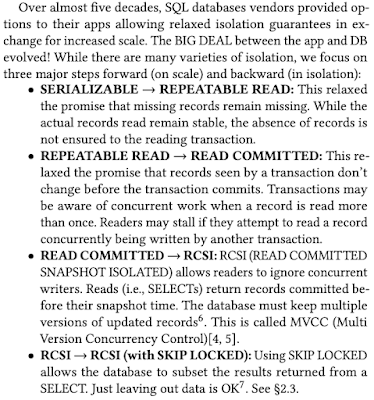Barbarians at the Gate: How AI is Upending Systems Research
This recent paper from the Berkeley Sky Computing Lab has been making waves in systems community. Of course, Aleksey and I did our live blind read of it, which you can watch below. My annotated copy of the paper is also available here. This is a fascinating and timely paper. It raises deep questions about how LLMs will shape the research process, and how that could look like. Below, I start with a short technical review, then move to the broader discussion topics. Technical review The paper introduces AI-Driven Research for Systems (ADRS) framework. By leveraging the OpenEvolve framework , ADRS integrates LLMs directly into the systems research workflow to automate much of the solution-tweaking and evaluation process. As shown in Figure 3, ADRS operates as a closed feedback loop in which the LLM ensemble iteratively proposes, tests, and refines solutions to a given systems problem. This automation targets the two most labor-intensive stages of the research cycle, solution tweaking...






